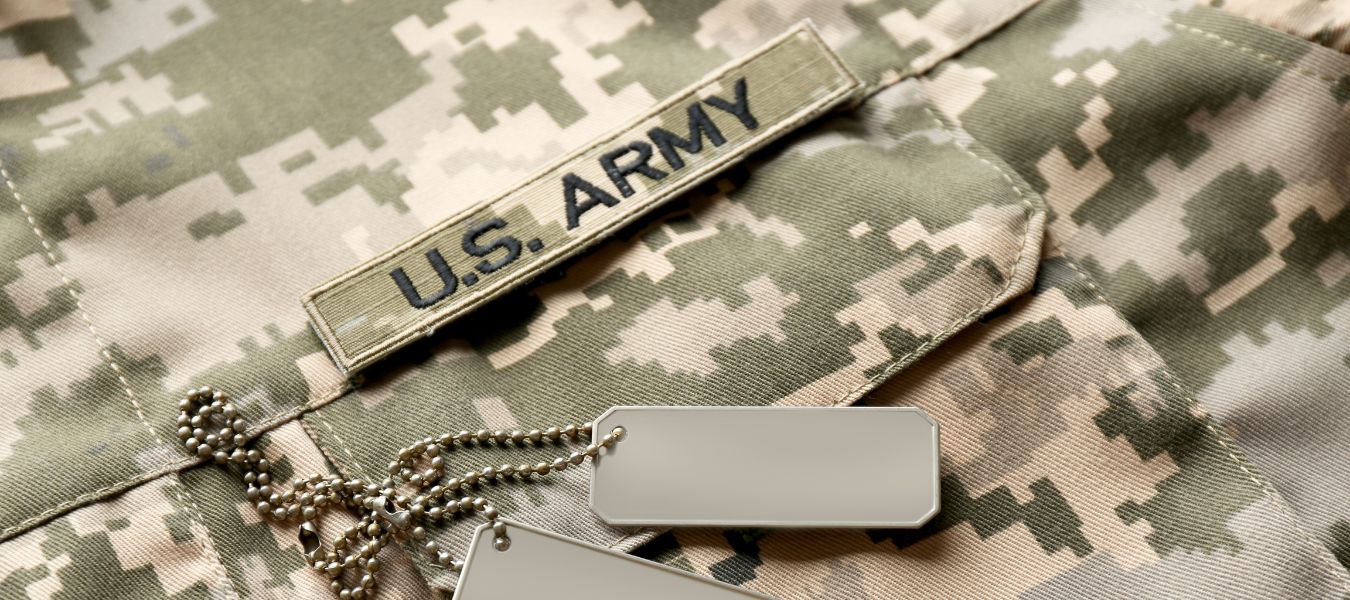Camouflage fabrics have evolved far beyond their traditional military applications, embracing cutting-edge technologies and innovative processes. From adaptive designs to sustainable production methods, these textiles represent a fascinating blend of functionality and creativity. While camouflage fabrics have been widely used in military industries and tactical warfare, the technologies behind the production and printing of camouflage fabrics are often highly classified and valuable.
The demand for camouflage fabric production and printing worldwide continues to grow, especially with conflicts in various regions increasing the need. However, this is not a cause for celebration, as we hope that all wars around the world will come to an end, and camouflage fabrics can be used more for peaceful purposes, such as in fashion and design, rather than in warfare or against humanity. for example, The hunting and outdoor sports industry is another growing driver, with consumers seeking high-quality camouflage gear for tactical and recreational use.
Let’s explore seven compelling insights into camouflage fabrics:
1. Digital Printing Revolutionizes Camouflage Fabric Patterns
Digital printing technology is transforming how camouflage fabrics are designed and produced. Unlike traditional screen printing, digital printing allows for limitless designs and random patterns without repeat, enabling unparalleled customization for military textiles. This innovation is especially beneficial for small production batches or rapid response to specific mission requirements.
2. Enhanced Detection Resistance with IR Reflectance Control
Modern camouflage fabrics incorporate infrared (IR) reflectance control to evade detection by thermal imaging systems. This technology adjusts the fabric’s thermal signature to match its surroundings, ensuring that soldiers remain concealed even under infrared surveillance. While traditional camouflage relies on visual concealment, IR reflectance control adds a crucial layer of protection, making it harder to detect individuals using heat-detecting sensors.
This feature is particularly effective in low-visibility environments or at night, where thermal detection is more likely. As technology advances, future camouflage fabrics may even incorporate adaptive IR capabilities, dynamically adjusting their reflectance based on environmental conditions, further enhancing stealth and tactical advantage.
3. Combining Digital and Screen Printing for Versatility
While digital printing offers flexibility and rapid prototyping, screen printing remains indispensable for large-scale production and vibrant color saturation. Combining these methods enables manufacturers to meet diverse needs, from precision small orders to high-volume production with exceptional durability.
4. Coating and Finishing for Superior Functionality
Camouflage fabrics today go beyond aesthetics. Advanced coating and finishing techniques provide functionalities such as chemical, water, and oil repellency, flame retardancy, thermal shielding, and even antimicrobial properties. These features make the fabrics versatile for a wide range of climates and conditions.
5. Sustainability in Camouflage Fabric Production
The production of camouflage fabrics has evolved to meet growing environmental concerns. New printing and coating technologies, such as digital printing, are helping reduce water and energy consumption while improving efficiency. Digital printing, for instance, uses significantly less water compared to traditional screen printing methods and offers precise chemical application, minimizing waste and emissions during production. These innovations allow manufacturers to align with global sustainability goals without compromising the performance or quality of the fabric.
In addition to improved printing techniques, manufacturers are increasingly turning to eco-friendly materials, such as organic dyes and recycled fibers, to reduce the ecological impact of camouflage fabric production. By adopting these sustainable practices, the industry is not only meeting the needs of modern military and tactical applications but also contributing to a more sustainable future. These advancements in sustainability ensure that camouflage fabrics are both high-performing and environmentally responsible.
6. Adaptive Camouflage with Emerging Technologies
Researchers are exploring materials inspired by nature, such as cephalopods’ chromatophores, to develop fabrics that change patterns and colors dynamically. This adaptive camouflage could revolutionize military operations by providing real-time concealment. Emerging markets, particularly in Latin America and Africa, are increasing their defence budgets, creating new opportunities for camouflage fabric suppliers
7. Modular Machinery for Customization and Efficiency
Innovative machinery now enables manufacturers to customize fabric production for specific applications. Modular systems allow for easy adjustments, combining various coating, printing, and finishing techniques in one line, ensuring efficiency and reduced downtime.
Here are 5 key facts about the camouflage fabric market:
- Market Value: The global camouflage fabrics market was valued at USD 2.39 billion in 2023 and is projected to reach USD 3.53 billion by 2031, growing at a 5% CAGR from 2024 to 2031
- Growth Rate: The camouflage fabrics market is expected to grow significantly, with a CAGR of 12.3% from 2024 to 2031, indicating a booming demand for high-performance camouflage materials
- Military Demand: The global military spending continues to drive demand for camouflage fabrics, with a significant portion of the market dedicated to tactical military uniforms and defense applications
- Fashion Integration: Beyond military uses, camouflage fabrics are gaining popularity in the fashion and apparel industry, with more brands incorporating camouflage patterns in streetwear collections
- Regional Growth: Asia-Pacific dominates the camouflage fabrics market, particularly in China and India, where military modernization and the rise in outdoor recreational activities contribute to strong demand
Conclusion
Camouflage fabrics are at the forefront of technological innovation in textiles. From leveraging digital and screen printing techniques to integrating cutting-edge functionalities like IR reflectance and adaptive capabilities, these fabrics are redefining the standards of concealment and performance. As industries demand faster, more efficient solutions, the evolution of camouflage fabrics will undoubtedly continue to shape the future of military and technical textiles.





















